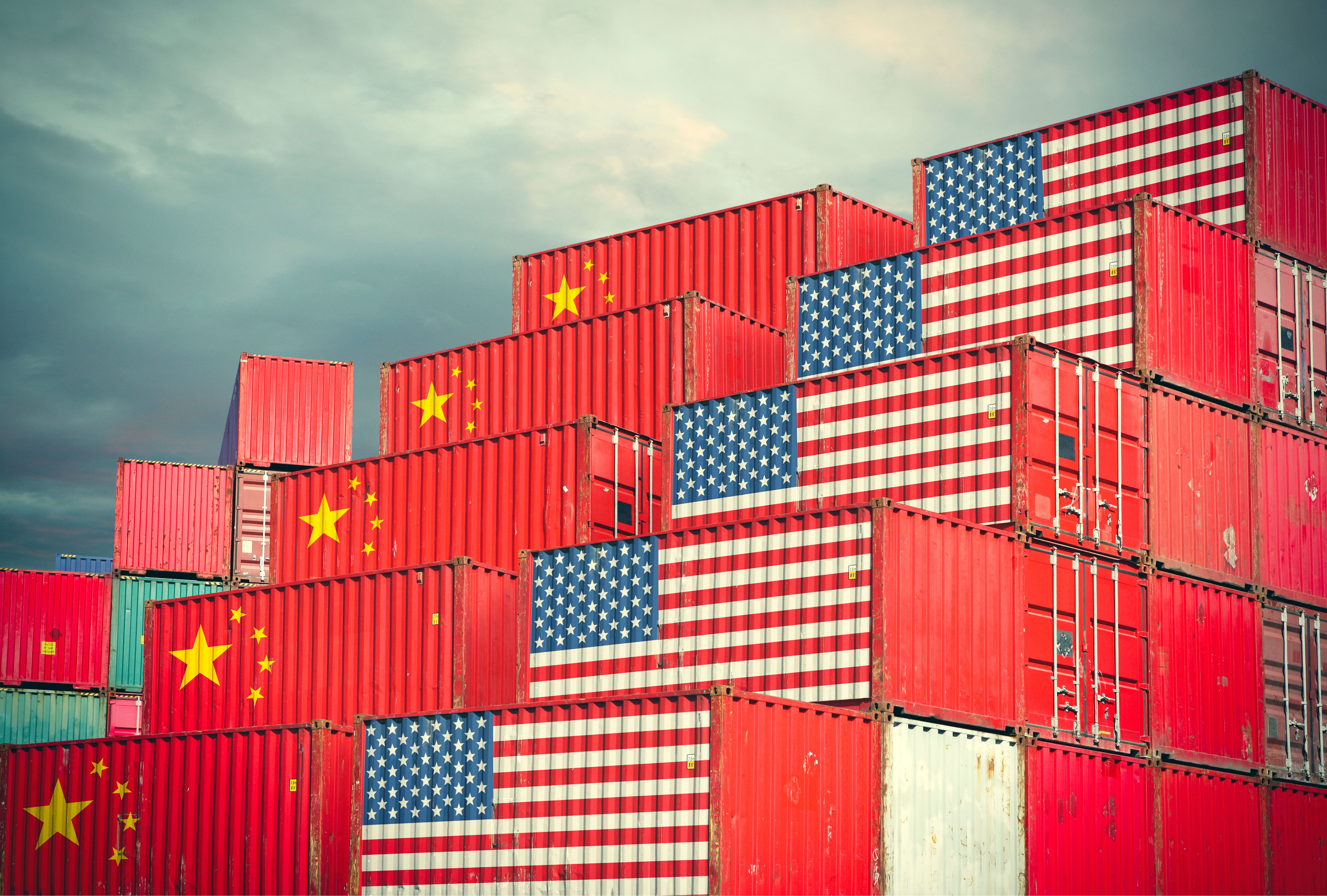Impact of Trump Toll Bills on the Food Industry Trade in 2025
Understanding Trump Toll Bills
The introduction of the Trump Toll Bills has brought a significant shift in trade regulations, impacting various sectors, including the food industry. These bills, primarily aimed at restructuring tolls on goods crossing U.S. borders, have created a ripple effect influencing both domestic and international food trade.
The tolls are designed to protect domestic industries by imposing higher fees on imported goods. While the intention is to bolster local production, the food industry has expressed concerns over increased costs and potential disruptions in the supply chain.

Implications for Importers and Exporters
For importers, the Trump Toll Bills mean navigating increased costs. Importers must now contend with higher expenses, which could lead to price hikes for consumers. This change poses a challenge for businesses reliant on affordable imports to maintain competitive pricing.
Exporters are also affected. Higher tolls can result in reciprocal actions from other countries, leading to increased tariffs on American goods abroad. This tit-for-tat approach could potentially shrink market access for U.S. food products, impacting revenue streams for American exporters.

Supply Chain Adjustments
The food industry is evaluating its supply chain strategies to adapt to these new regulations. Companies are exploring alternative sourcing options and considering local production to mitigate toll impacts. This shift could promote regional suppliers and stimulate local economies, yet it requires significant investment and time.
Furthermore, businesses are investing in logistics and technology to streamline operations and reduce costs. Enhanced efficiency in transportation and distribution networks can help offset some of the increased expenses due to tolls.
Consumer Impact
The trickle-down effect of the Trump Toll Bills is expected to reach consumers through potential price increases. As businesses pass on additional costs, consumers may see higher prices on imported food items and products that rely on international ingredients.
However, there is also a potential upside. The focus on local production might lead to greater availability of homegrown products, possibly offering fresher options at competitive prices. This shift could encourage consumer loyalty towards domestic brands.

Long-Term Outlook
The long-term impact of the Trump Toll Bills on the food industry trade remains uncertain. While some sectors may benefit from increased local production, others might suffer from reduced international competitiveness and market access challenges.
Industry stakeholders are closely monitoring policy developments and exploring advocacy efforts to balance protectionist measures with the need for a robust global trade environment. The key lies in finding a middle ground that supports both domestic growth and international collaboration.
Conclusion
The Trump Toll Bills have undeniably created a complex landscape for the food industry trade in 2025. As businesses adapt to these changes, innovation and strategic planning will be crucial in navigating this new era of trade regulations. By embracing technology and fostering local production, the food industry can strive towards a resilient future amidst evolving global dynamics.
